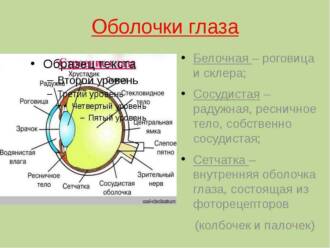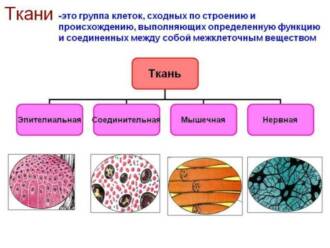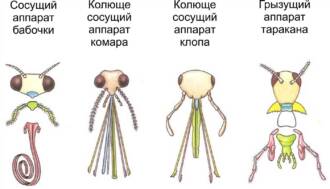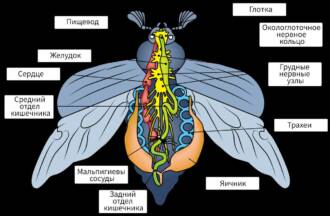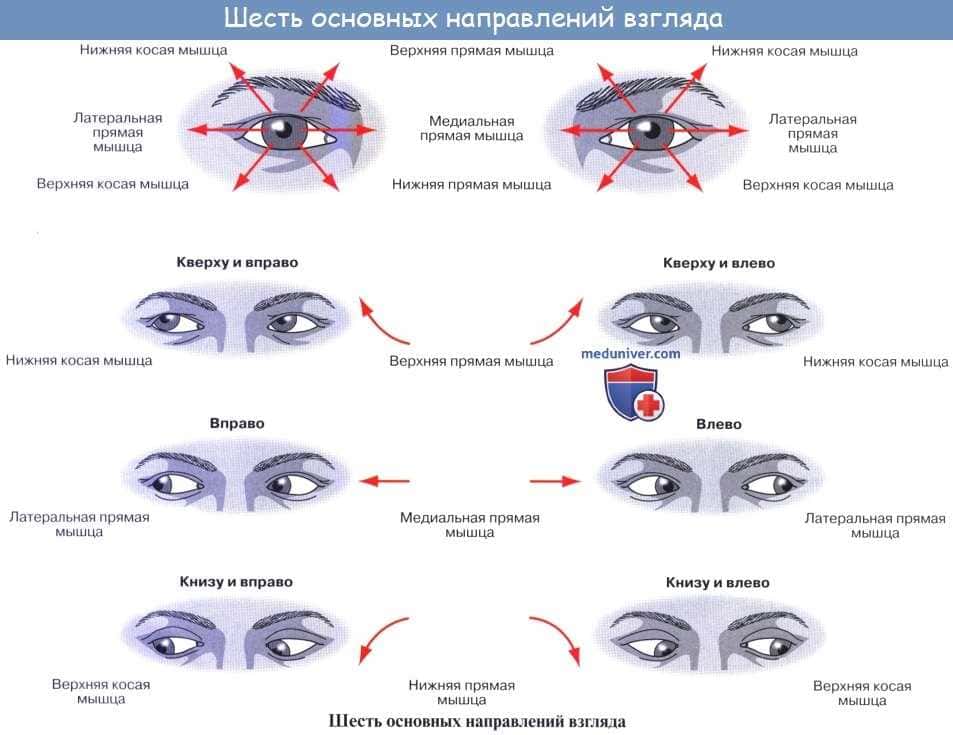
The world of butterflies is one of the brightest and most amazing insects in the world. They are known for their colorful wings and elegant flight. But what makes butterflies so special? The answer lies in their unique visual system, which allows them to see a world that is inaccessible to us.
The basis of butterfly vision is their compound eyes, consisting of many small facets. Each facet is a separate organ of vision capable of focusing light on special light-sensitive cells. Due to this structure, butterflies have a wide field of vision and can see objects around them in 360 degrees.
One of the most interesting aspects of butterfly vision is their ability to see colors. Butterflies have three types of photosensitive cells that respond to different wavelengths of light. This allows them to see a wide range of colors and distinguish even the most subtle shades. What's more, butterflies can see ultraviolet light, which makes their vision even more unique.
Butterflies also have the ability to see pulses of light that we don't. This allows them to detect the movement of surrounding objects and find breeding partners.
In summary, butterfly vision is an amazing example of evolutionary adaptation that allows them to survive and thrive in their environment. The study of this unique visual system can give us new insights into the nature of vision in general and help us create new technologies and innovations in optics and photography.
In summary, butterfly vision is an amazing example of evolutionary adaptation that allows them to survive and thrive in their environment. The study of this unique visual system can give us new insights into the nature of vision in general and help us create new technologies and innovations in optics and photography.
Secrets of Butterfly Vision
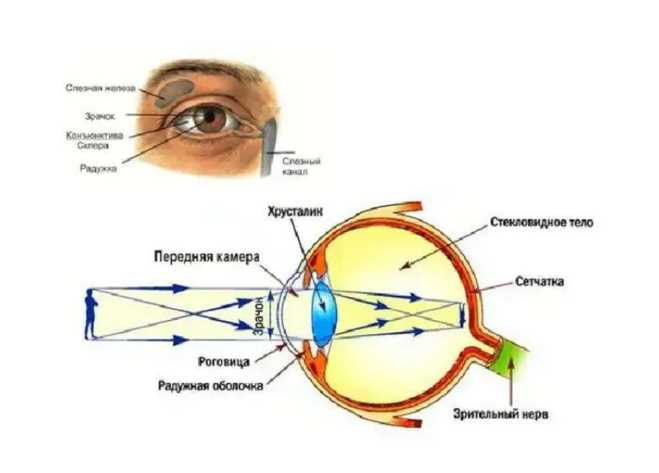
Unique visual system
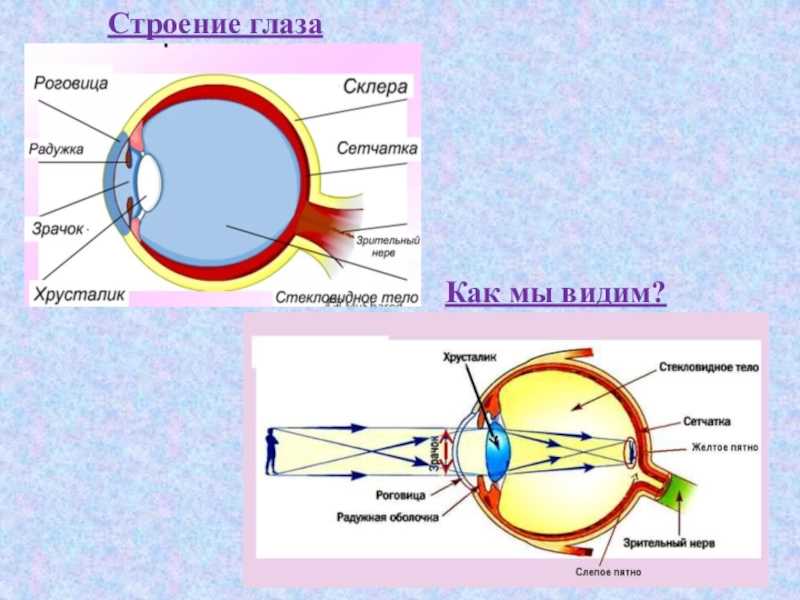
Butterflies have an amazing visual system that is different from most other animals. Their eyes are made up of many small facets called ommatidia. Each ommatidia has its own lens and photoreceptor cells that respond to light.
Ommatidia in the eyes of butterflies are arranged in such a way that they create a mosaic image of the world around them. This allows the butterflies to see objects with great clarity and resolution. Thanks to this unique visual system, butterflies can distinguish colors and shapes, as well as navigate in space.
Ability to see ultraviolet light
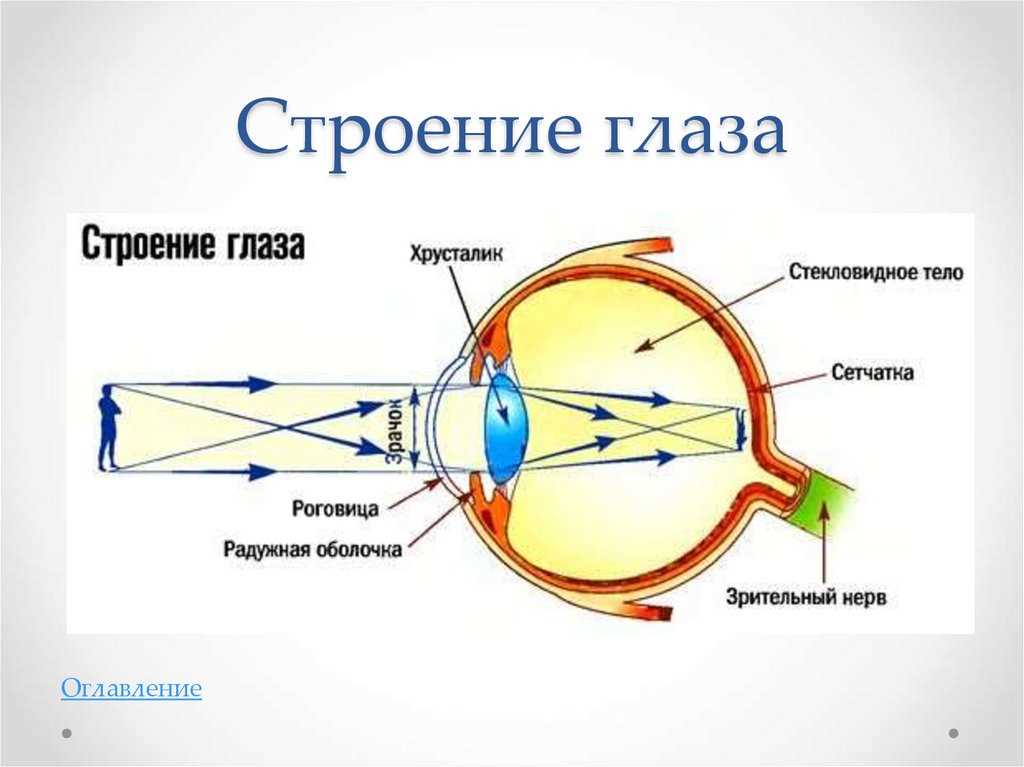
One feature of butterfly vision is their ability to see ultraviolet light. Ultraviolet light is invisible to the human eye, but it plays an important role in butterflies. Butterflies use ultraviolet vision to detect color signals that other animals cannot see.
Some flowers have UV markings that serve to attract pollen. Butterflies can see these markings and use them to find food. In addition, ultraviolet vision helps butterflies distinguish each other and navigate their environment.
Unique visual system

Butterflies have one of the most amazing and complex visual systems in the animal kingdom. Their eyes are made up of many small eyes called ommatidia. Each ommatidia contains its own lens and photosensitive cells that respond to light signals.
The uniqueness of the butterfly visual system lies in its ability to perceive different spectra of light. Butterflies can see not only the spectrum of light visible to us, but also ultraviolet rays. This allows them to distinguish colors and shades that are invisible to us.
In addition, butterflies have a unique ability to navigate in space. They use their eyes to determine the direction and distance of objects. Because of this, they can easily find food, avoid predators, and find their breeding partners.
It is important to note that the unique visual system of butterflies is the result of evolution and adaptation to their environment. They have developed this ability to survive and reproduce successfully. Butterfly vision research could help scientists better understand how visual systems work and develop new technologies in the fields of optics and neuroscience.
Butterfly eye structure

Butterfly eyes are one of the most amazing and unique attributes of their anatomy. They are different from the eyes of many other creatures and have their own special structure.
Butterfly eyes are made up of many small eyes called ommatidia. Each ommatidia is a small lens capable of collecting light and forming an image. On average, the eye of a butterfly consists of several thousand ommatidia, which allows them to see the world around them with a high degree of detail.
Each ommatidia contains its own neurons that relay information about the perceived light to the butterfly's brain. This type of eye is called the compound eye and is common to most insects.
The structure of the eyes of butterflies allows them to detect movement, distinguish colors and shapes, and also navigate in space. Thanks to this unique visual organ, butterflies can quickly react to danger and find food.
The variety of eye types in butterflies
Butterflies are distinguished not only by their beauty and variety of wing colors, but also by their unique eyes. They have several types of visual organs that allow them to perceive the world around them.
compound eyes are the main types of eyes in butterflies. They consist of many facomas and cells, each of which contains photoreceptor cells. These eyes provide butterflies with a wide field of vision and the ability to perceive moving objects. They are also able to perceive different wavelengths of light, which allows butterflies to see a variety of colors and shades.
simple eyes in butterflies, they are represented by separate ommatidia, which consist of a single photoreceptor cell. These eyes are highly sensitive to light and allow butterflies to navigate in space as well as find food sources and accompany sunlight for their orientation.
insect eyes — This is another type of eye that is present in some species of butterflies. These eyes are shaped like small dots and are used to assess the intensity of light. They help butterflies react to changes in the light regime and adapt to them.
The variety of eyes in butterflies allows them to successfully exist in various conditions and perceive the world around them from different points of view.
Color perception of butterflies
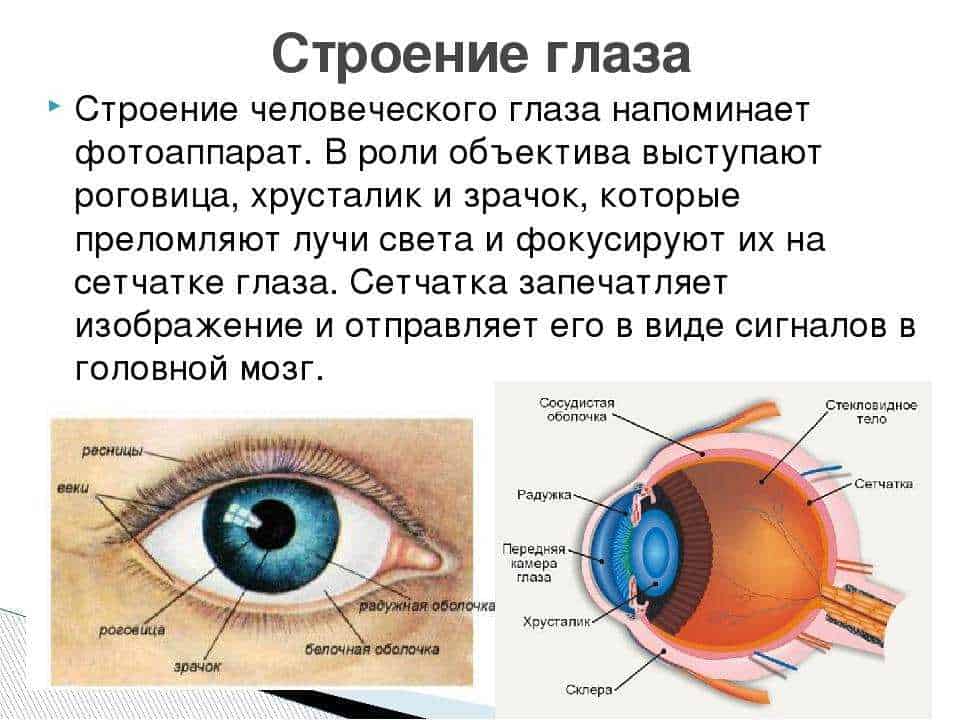
Butterflies are one of nature's most beautiful and varied creatures, and their ability to perceive colors is a key factor in their lives. Butterfly eyes contain many small ommatidia that allow them to see the world in all its diversity.
Butterflies have the ability to perceive not only primary colors such as red, blue, and green, but shades in between. Their eyes contain special cells called photoreceptors that respond to specific wavelengths of light. This allows the butterflies to see a wide range of colors and distinguish them from one another.
Butterflies' unique eye structure also allows them to see colors at a higher level than humans. They are able to perceive ultraviolet light, which is invisible to the human eye. This is especially important for butterflies, as many flowers reflect ultraviolet light to attract them as pollinators.
Interesting fact: Some butterflies, such as monarchs, use ultraviolet light to navigate during migrations.
The color perception of butterflies is not only amazing, but also an important aspect of their behavior and survival. It helps them identify and choose food, find breeding partners, and avoid danger. Thanks to their unique visual system, butterflies can enjoy the beauty of the world of flowers and be important links in the ecosystem.
ultraviolet vision
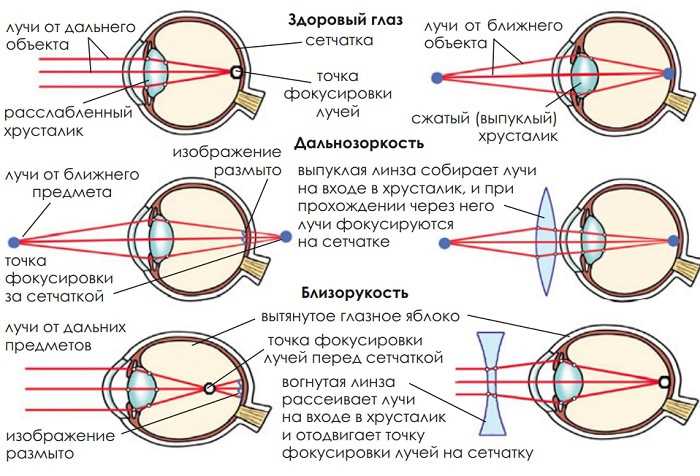
Ultraviolet vision is the ability of some animals to see ultraviolet light, which is beyond the visible spectrum for the human eye. This phenomenon is widespread among butterflies, which use ultraviolet vision for a variety of purposes.
Ultraviolet light has a shorter wavelength and higher energy than visible light. Butterflies can see ultraviolet light due to the presence of special receptors in their eyes. These receptors allow them to perceive ultraviolet hues and use this information to navigate, find food, and reproduce.
Ultraviolet vision has several benefits for butterflies. First, it helps them find food, as some flowers have ultraviolet markings that serve as a signal to insects. Butterflies can easily determine where a flower is with their ultraviolet vision.
Second, ultraviolet vision allows butterflies to identify other members of their own species and choose the right breeding partner. Some butterflies have ultraviolet patterns on their wings that serve as a signal to the opposite sex. They can see these patterns with their ultraviolet vision and use them in courtship and soaring.
Ultraviolet vision is one of the many amazing aspects of a butterfly's visual perception. This allows them to interact with their environment and other individuals in a unique and efficient way.
The role of the visual system in the behavior of butterflies
The visual system plays an important role in the behavior of butterflies, their ability to navigate in space and find food.
Butterflies' main vision instrument is their compound eyes, which consist of many small eyes called ommatidia. These ommatidia allow butterflies to perceive light and form an image of the world around them.
Butterflies are able to see different colors, which allows them to navigate in their environment. They can distinguish between flowers and determine which ones contain the nectar they need to survive. Butterflies can also distinguish the colors of their fellow butterflies, which helps them in finding breeding partners.
The visual system of butterflies also allows them to navigate in space and avoid danger. Butterflies have the ability to see moving objects such as predators and respond quickly to them. This helps them avoid danger and save their lives.
Thus, the visual system plays an important role in the behavior of butterflies, providing them with the ability to navigate in space, find food and avoid danger. Due to their unique vision, butterflies can successfully survive and reproduce in a variety of environmental conditions.
Ability to orientation in space
Butterflies have an amazing ability to navigate in space. They use their unique butterfly vision-based visual system to determine their location and direction.
Butterflies' main tool for orientation in space is their eyes. They have many simple eyes called ommatidia that allow them to see the world around them from a wide range of angles.
Thanks to this unique visual system, butterflies can determine the direction of light and use it as a guide. They can also recognize different colors and shapes, which helps them navigate their environment.
Butterflies also have the ability to remember their location and use it for navigation. They can navigate familiar places and find their way back to their hiding place or food source.
In addition, butterflies may use other sensory organs, such as antennae and legs, for spatial orientation. The antennae help them detect chemical cues such as pheromones that may indicate the presence of a mate or food source. The feet can be used to feel surfaces and determine texture and shape.
Visual detection of partners and rivals
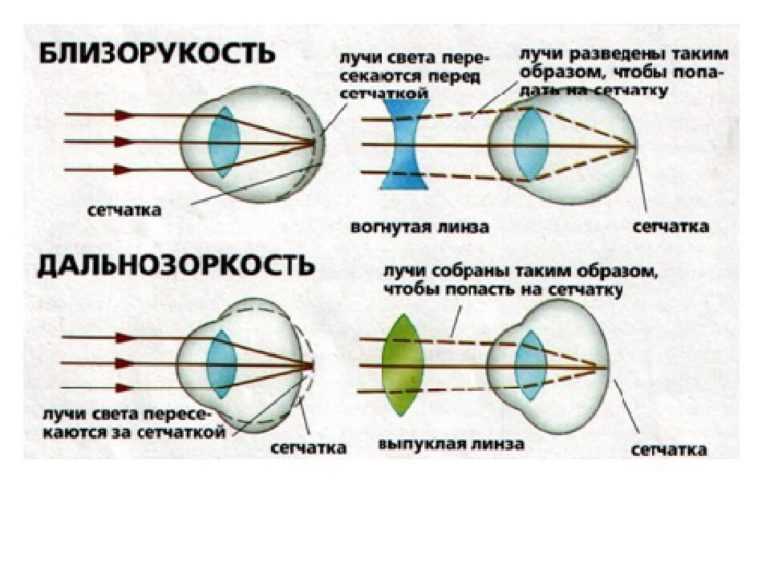
Butterflies' unique visual system allows them to efficiently detect partners and rivals in their habitat. Butterflies use their compound eyes and color sensitivity to determine the distance to other individuals and their position in space.
The main tool for detecting partners and rivals in butterflies is their compound eyes. They consist of many small facets, each of which has its own small lens and light-sensitive cells. Thanks to this device, butterflies can see the world around them from a wide range of angles and detect moving objects even in low light.
However, butterflies not only see the world in a wide spectrum, but also have the ability to distinguish colors. Their eyes contain special photoreceptors that respond to different wavelengths of light. Thanks to this, butterflies can determine, for example, the puberty of a partner or its appearance based on color signals.
In addition, butterflies can use their unique visual system to determine the position of a partner or rival in space. They are able to recognize tridimensional objects and even estimate the distance to them. This allows them to make decisions about what to do next, such as foraging or breeding.
Thus, the visual system of butterflies plays an important role in their detection of partners and rivals in the environment. The combination of compound eyes, color sensitivity and the ability to recognize spatial objects makes their vision a unique and effective tool for survival and reproduction.
Reaction to moving objects

Butterflies' unique visual system allows them to respond effectively to moving objects in their environment. Thanks to their complex eyes, which consist of many small eyes, butterflies are able to notice the smallest changes in movement.
When a butterfly notices a moving object, its eyes register its position and direction of movement. This information is then transmitted to her brain, which quickly processes the data and decides on further actions.
Butterflies may use their reaction to moving objects as a defense against predators. For example, they can instantly change the direction of flight to avoid a collision with a suspected dangerous object. This helps them survive in the wild and preserve their unique beauty.
The influence of the environment on the visual system of butterflies
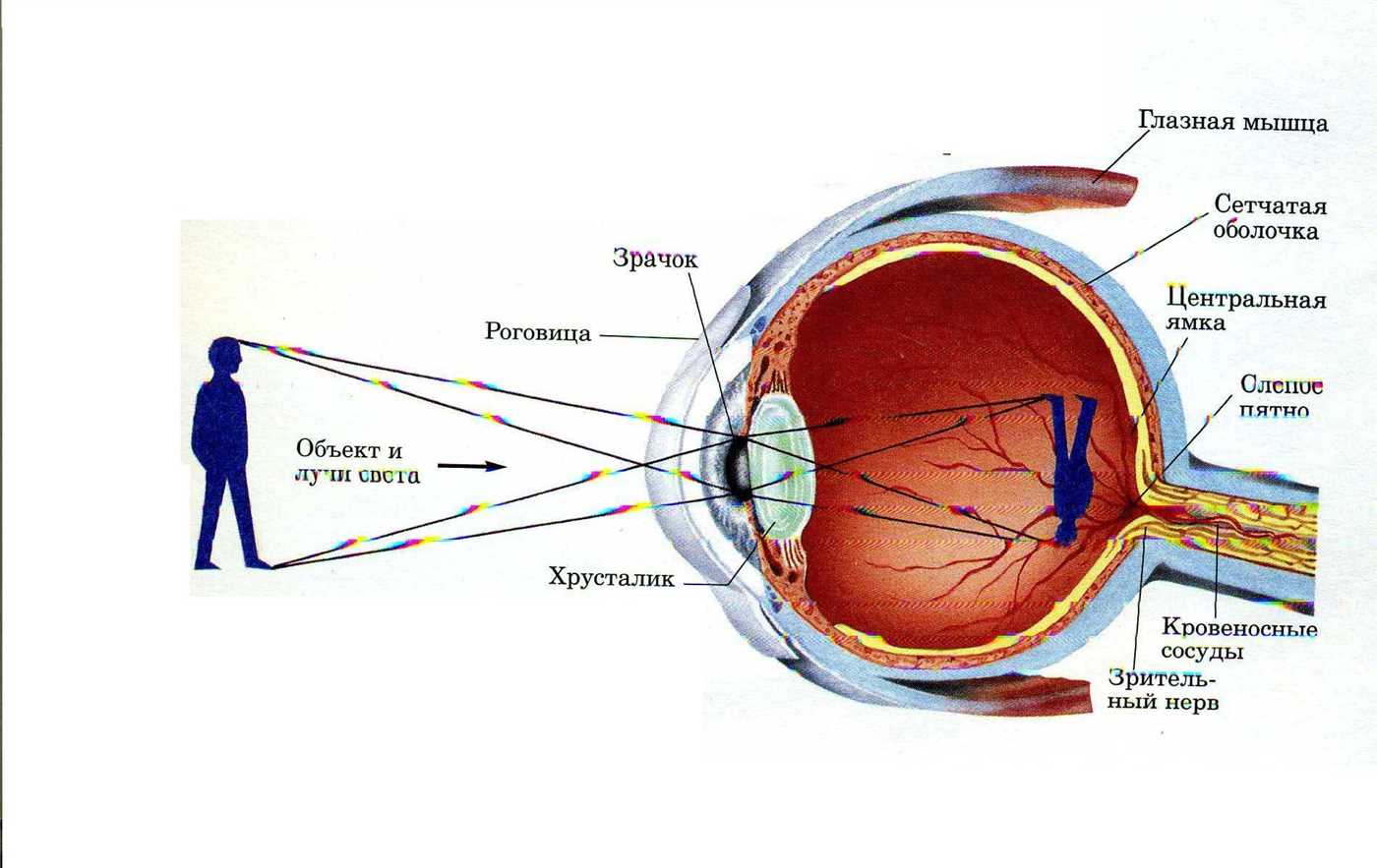
The visual system of butterflies is unique and adapted to their environment. It allows them to perceive and navigate in a world full of various colors and shapes.
color vision butterflies are based on specialized cells called photoreceptors that are found in their eyes. The uniqueness lies in the fact that butterflies are able to perceive not only the primary colors, such as red, green and blue, but also the ultraviolet spectrum. This allows them to see colors and shades invisible to the human eye.
Environment plays an important role in the development and functioning of the visual system of butterflies. They can adjust their vision depending on the surrounding conditions. For example, some butterflies can change the color of their wings depending on their environment to blend in with the background and avoid danger.
One example of the influence of the environment on the visual system of butterflies is their ability to navigate by the sun's rays. Butterflies use the sun as a guide to find food, reproduce and migrate. They are able to determine the position of the sun even in cloudy weather, using special organs in the eyes called ommatidia.
In addition, the environment can influence mate choice in butterflies. Certain species of butterflies are attracted to certain colors and patterns on their wings that match the colors and shapes of their surroundings. This helps them attract breeding partners and maintain species diversity.
Thus, the environment plays a key role in the formation and functioning of the visual system of butterflies. They develop unique adaptations that allow them to perceive and use information about colors, shapes, and orientations in the world around them.

